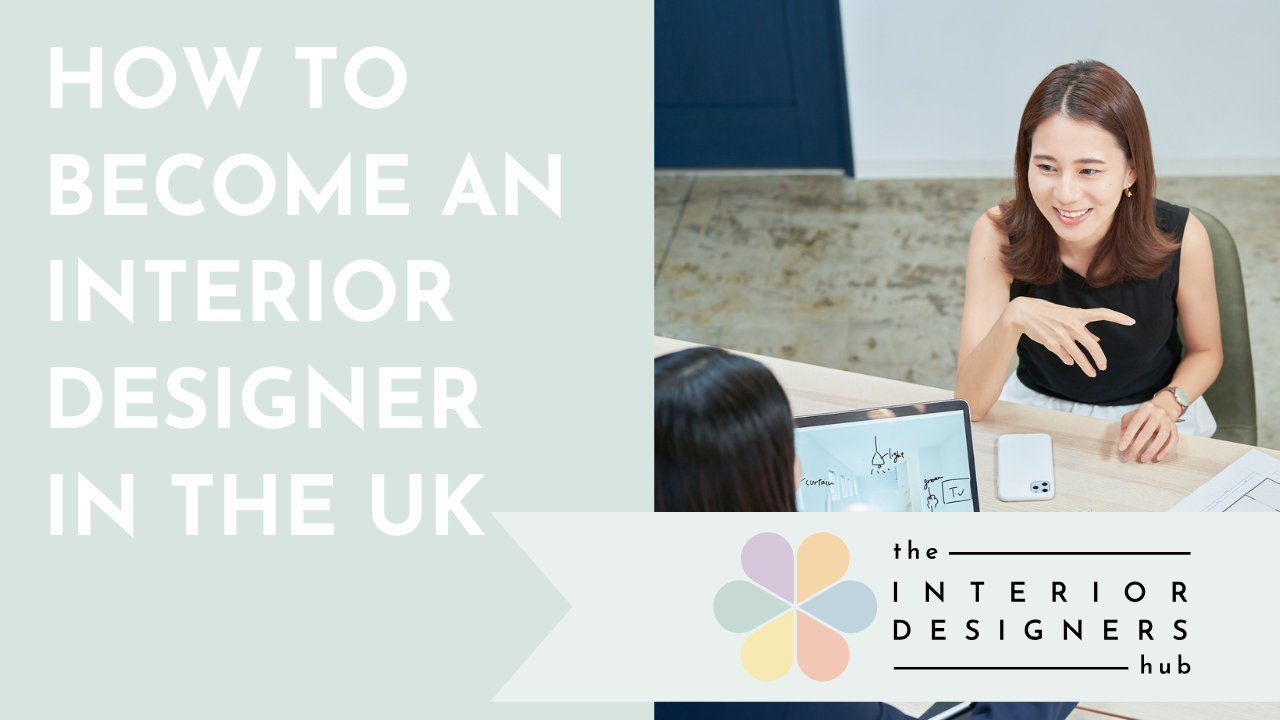Fixed Fee or Hourly Rate? How to Choose the Right Pricing Model for Your Interior Design Services
“Kate, should I charge fixed fees or hourly rates?”
It’s one of the most common questions I get asked as a mentor to interior designers. And honestly, if you’re still asking that question, chances are you’re already behind where you need to be.
The most successful designers don’t wait for clients to ask about pricing. They walk into that initial consultation already knowing which pricing structure suits the service, and the project, best.
Why One-Size-Fits-All Pricing Doesn’t Work
Here’s what I see far too often: a designer picks one pricing model, say, fixed fees, and tries to apply it to everything.
It’s like using a hammer when you really need a screwdriver. The tool isn’t wrong. It’s just not the right one for the job.
Let’s look at a common disaster: charging a fixed fee without clearly defining the scope of work. You say, “I’ll design your living room for £2,000,” but haven’t spelled out exactly what that includes, and more importantly, what it doesn’t.
Next thing you know, the client’s asking for just one more concept board… or a few more sofa options… or an impromptu site visit. And because there were no boundaries, you feel awkward pushing back.
You end up doing double the work you planned, essentially halving your hourly rate and burning out in the process.
On the flip side, hourly rates can cause just as much trouble if you’re not managing them properly. Clients get blindsided by bills, and you find yourself having awkward conversations trying to justify how long something took.
Here’s the good news: both pricing methods can work brilliantly, when used in the right situations.
When to Use Fixed Fees
Fixed fees work beautifully when you have a clearly defined scope of work.
Think:
- Design development
- Mood boards
- Floor plans
- Shopping lists
You know what’s being delivered, you can estimate the time it’ll take, and you can contain the work within a neat little package.
But, and I can’t stress this enough, you must be painfully specific about what’s included.
If your fixed fee includes two rounds of revisions, say so. If extra mood boards are an additional charge, write that down. If site visits aren’t included, make it crystal clear.
The beauty of fixed fees is that clients know exactly what they’re paying upfront. There’s no invoice anxiety, and you can plan your cash flow with confidence. But they only work when the scope is watertight.
When to Use Hourly Rates
Hourly rates are ideal for work that’s reactive or difficult to define in advance.
Think:
- Procurement
- Project management
- Ongoing consultations or styling sessions
Here’s my top tip: don’t sell hourly rates one hour at a time. Instead, offer them in blocks, say, 10 hours for £750.
Why? Two reasons:
1. Clients become more intentional. That quick “Can I just pick your brain?” phone call becomes a little less casual when they know it’s coming out of a pre-paid block.
2. You avoid bill shock. Update your client regularly, weekly, or when they’ve used half their hours, so everyone stays on the same page.
The Blended Model That Works Best
For larger projects, a hybrid approach often works brilliantly.
✅ Use fixed fees for the design and specification phase
✅ Switch to hourly blocks for project management, procurement, and styling
This way, both you and the client have clarity at every stage. You know what’s included, what isn’t, and how the budget’s being spent.
Just make sure this is clearly laid out from the beginning.
How to Implement This in Your Business
Let’s make this practical.
Step 1: Audit Your Services
List everything you offer:
- Consultations
- Mood boards
- Design development
- Procurement
- Site visits
- Project management
- Styling
For each one, ask:
“Can I define what this involves and estimate how long it takes?”
If yes → Fixed fee
If no → Hourly rate
Step 2: Set Boundaries
For your fixed fee services, write out:
- What’s included (e.g. 2 concepts, 1 floor plan, 1 revision)
- What’s not included (e.g. extra revisions, site visits, sourcing beyond the brief)
For hourly work, decide:
- What block size you’ll offer (5 or 10 hours)
- How and when you’ll communicate usage
Step 3: Test and Tweak
Use this approach with your next 2–3 clients. You’ll quickly see where you need to tighten boundaries or adjust your communication.
And remember, pricing is a living part of your business. It can evolve as you gain confidence and clarity.
And if you’re ready to go deeper into pricing strategies that actually work, click above to check out our Pricing Mini Course. It’s packed with templates, scripts, and real-world examples to help you price with confidence and stop undervaluing your brilliance.
Until next time,
Kate x
Not sure how to set up and run your own business?
👇 Grab our step by step roadmap and stop guessing! 👇
By submitting this form you consent to receiving marketing emails. You can subscribe at any time.










